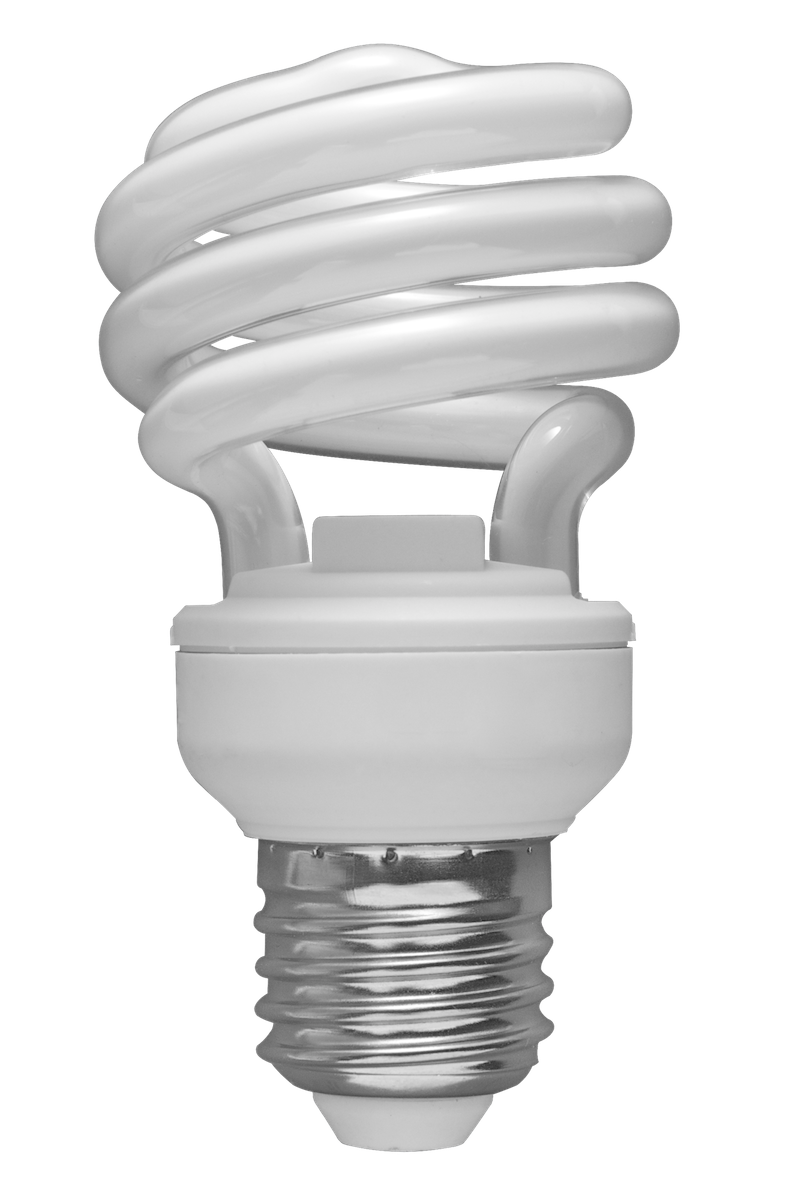

CFLs instead send electric current through a tube (Figure 1) filled mostly with argon gas, and a slight amount of mercury gas. Incandescents and halogens work by passing an electric current through a filament, which in turn heats up and produces light. If a CFL is broken, there are proper guidelines to ensure safety these can be seen here (EPA).Ī CFL light bulb works differently from an incandescent or halogen bulb. Therefore CFLs should not be thrown in the trash, as there are most often designated recycling locations for a burnt out bulb. They do contain a small amount of mercury, which can be a pollutant if disposed of improperly. Their start-up requires slightly more energy, but once running at a constant rate they are quite efficient with their energy use.ĬFLs are safe and must meet proper guidelines to avoid fire and shock hazards. ĬFLs take longer to heat up compared to other bulbs, however. These bulbs have the same brightness of 800 lumens, therefore the CFL bulb accomplishes the same goal while using less power.

This means that a 13 watt bulb (a watt is a unit of power) produces the same high-quality light as a 60 watt incandescent. ĬFLs use about a quarter of the power that a typical incandescent bulb does. Many countries are however trying to phase out the use of incandescent light bulbs because of their poor use of electricity, and are moving towards the use of CFLs and LED light bulbs instead. They are much more energy efficient than incandescent light bulbs which are currently still in wide use. Ĭompact fluorescent light bulbs ( CFLs) are a type of light bulb used for lighting needs in a wide range of applications. A CFL light bulb and the parts it contains.


 0 kommentar(er)
0 kommentar(er)
